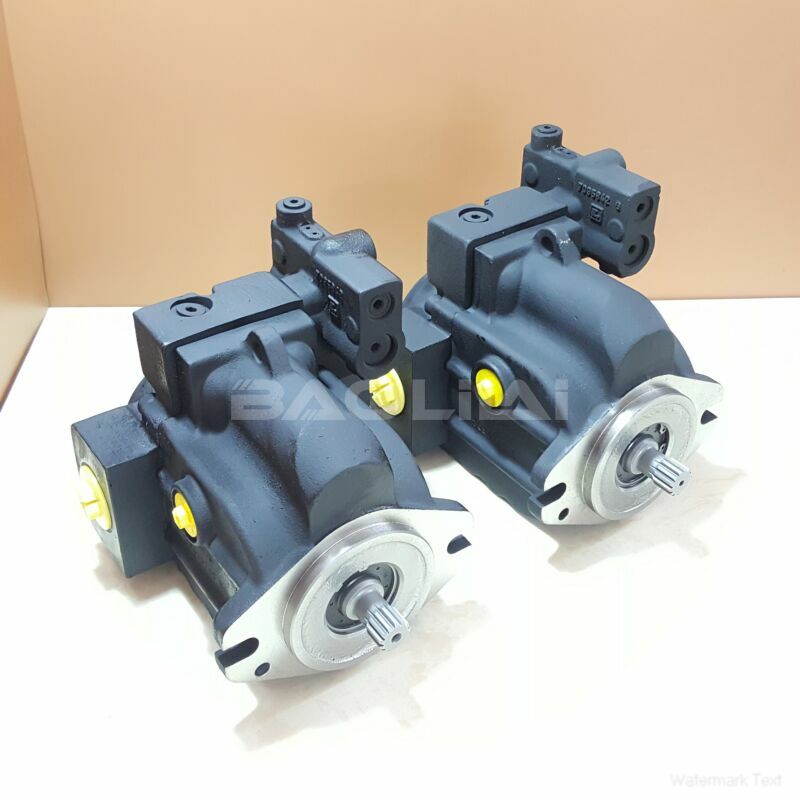LRR030DPC17NNNNN3C2TRA6NAAANNNNNN piston pump
LRR030DPC17NNNNN3C2TRA6NAAANNNNNN piston pump

- Product Details
- Applicable Scene
Hydraulic piston pumps are essential components in various hydraulic systems, widely used for their efficiency and reliability in transferring fluids. These pumps operate based on the principle of converting mechanical energy into hydraulic energy, and understanding the key components that make up a hydraulic piston pump is crucial for their effective application and maintenance. This article will detail the primary components of a hydraulic piston pump and their functions.
LR-R-030D-PC-17-NN-NN-N-3-C2TR-A6N-AAA-NNN-NNN
LRR030DPC17NNNNN3C2TRA6NAAANNNNNN
The first major component of a hydraulic piston pump is the cylinder. The cylinder provides a contained environment for the piston to move within, allowing for controlled fluid movement. Typically, the cylinder is made from high-strength materials to withstand the high pressures generated during operation.

83030224
Next, we have the piston, which is the core element responsible for creating pressure in the hydraulic fluid. The piston is usually designed to fit snugly within the cylinder to prevent fluid leakage and maximize efficiency. As the piston moves back and forth, it draws fluid into the cylinder during the intake stroke and pushes it out during the discharge stroke, generating hydraulic pressure.
Another critical component is the valve system, which controls fluid flow in and out of the pump. There are generally two types of valves in a hydraulic piston pump: inlet and outlet valves. The inlet valve opens to allow fluid to enter the cylinder when the piston moves backward, while the outlet valve opens to release fluid when the piston moves forward. This precise control is essential for maintaining effective operation and ensuring that pressure is consistently built up.
The drive mechanism is also a vital component of hydraulic piston pumps. This mechanism can come in various forms, including electric motors or hydraulic cylinders, depending on the specific application and design of the pump. The drive mechanism initiates the piston’s movement, thus enabling the pump to function. It should be powerful and efficient to ensure that the pump can operate under varying load conditions.





